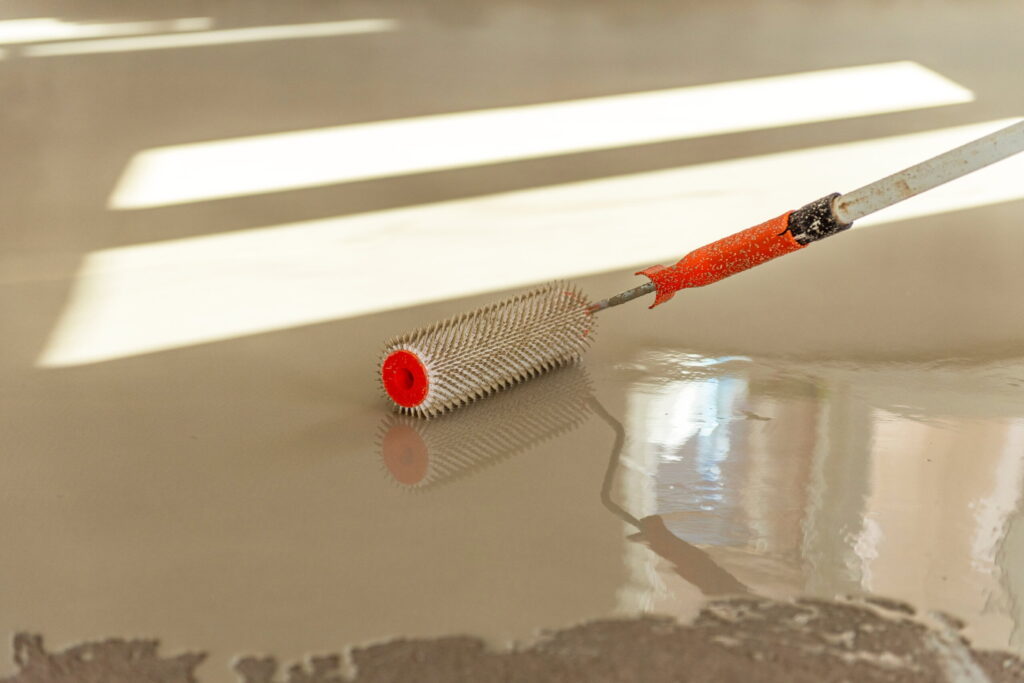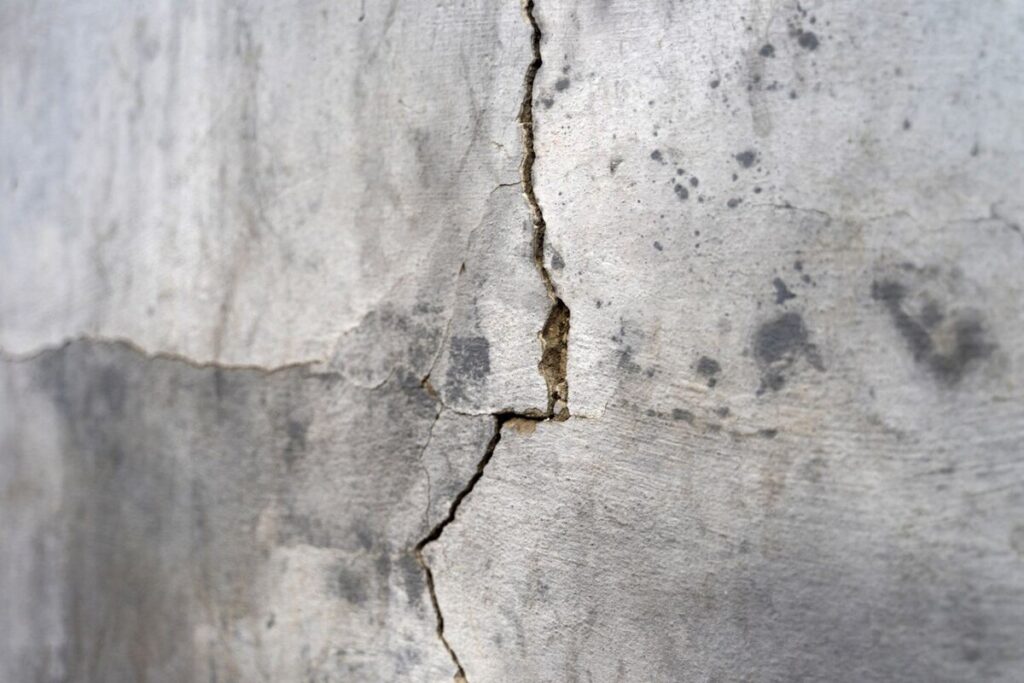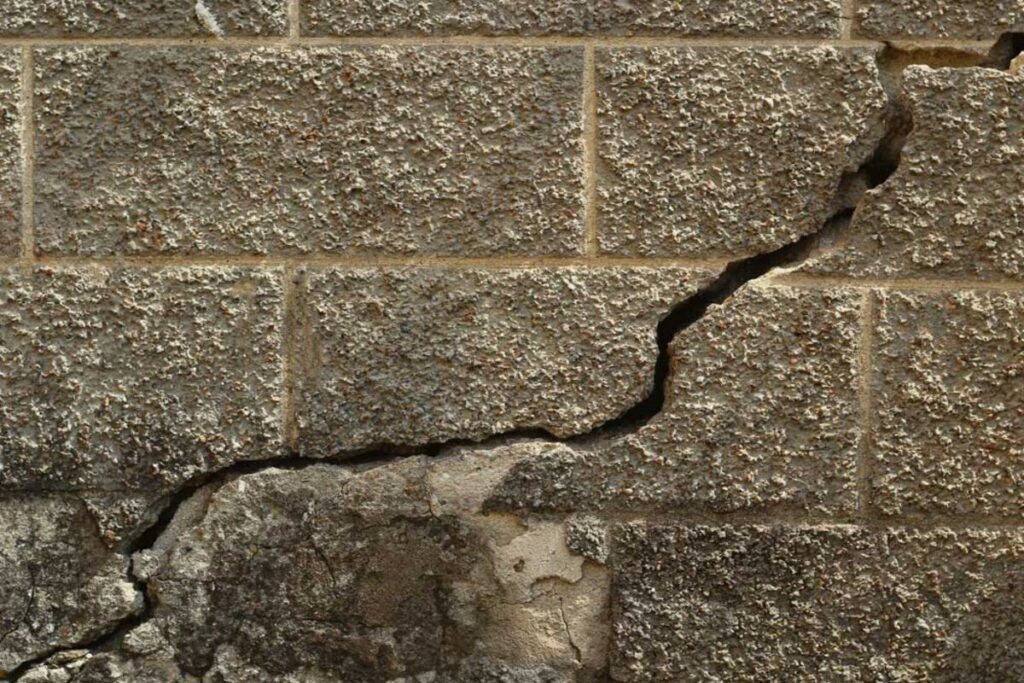When your home starts to exhibit signs of settling, shifting, or unevenness, it’s essential to address these issues promptly to maintain its structural integrity and stability. One effective method for tackling such problems is house underpinning. This structural repair technique involves stabilizing the foundation by extending it deeper into the ground or adding additional support, typically through the installation of concrete piers or piles. In this guide, we’ll explore the intricacies of house underpinning, exploring why it’s necessary, how it works, and the importance of seeking professional assistance for this critical task.
What is House Underpinning?
House underpinning is a structural repair method used to stabilize a building’s foundation. It involves strengthening the foundation by extending it deeper into the ground or by adding additional support, typically in the form of concrete piers or piles. This process is necessary when a house has settled, shifted, or experienced structural damage due to various factors such as soil movement, poor construction, or water damage.
The Underpinning Process Explained
The process of underpinning a house begins with a thorough assessment of the foundation’s condition. Once any underlying issues are identified, such as cracks or uneven settling, the underpinning strategy is determined. This may involve excavating around the existing footings and installing concrete piers beneath them to provide additional support.
During underpinning, contractors dig approximately two feet below the existing footing level to accommodate the new piers. These piers are strategically placed to support and stabilize the structure, ensuring it returns to a more level position. By raising the house or reinforcing its foundation, underpinning helps prevent further sinking and structural damage.
Factors Affecting Underpinning Duration
The duration of a house underpinning project can vary depending on several factors, including the extent of the damage, the number of piers needed, and weather conditions. For instance, a minor underpinning job involving a single pier may be completed in a day, while more extensive projects requiring multiple piers could take several days or even weeks to finish.
Weather conditions can also impact the timeline, as excavation and construction work may be delayed during inclement weather. However, experienced contractors strive to complete underpinning projects efficiently, aiming for completion within a reasonable timeframe to minimize disruption to homeowners.
Methods of House Underpinning
House underpinning can be performed using various methods, including installing piers from either the inside or outside of the property. Interior underpinning typically involves less excavation and may be more suitable for certain types of structures. Conversely, exterior underpinning may require more extensive digging but can still be an effective solution for stabilizing a foundation.
Importance of Professional Assistance
While some homeowners may consider attempting underpinning as a DIY project, it’s crucial to seek professional assistance. Underpinning requires specialized knowledge, equipment, and expertise to ensure it’s done correctly and safely. Professional contractors have the skills and experience to assess foundation issues accurately and implement effective underpinning solutions tailored to each property’s unique needs.
In Summary
House underpinning is a crucial process for stabilizing a home’s foundation, addressing structural issues, and preventing further damage. Whether your home is experiencing settling, shifting, or unevenness, underpinning can provide the support needed to ensure its long-term stability and structural integrity.
If you’re considering house underpinning for your property, contact us today for expert assistance and peace of mind.




